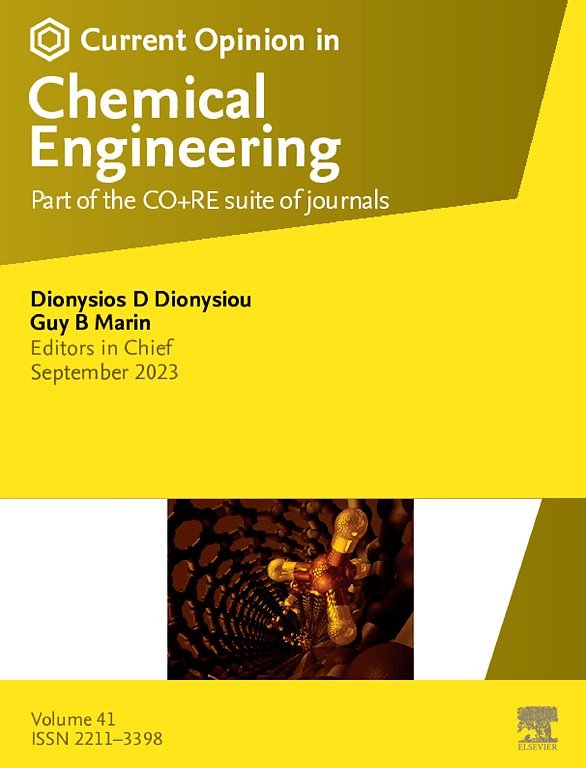Electrochemical organic waste conversion: a route toward food security and a circular economy
IF 6.8
2区 工程技术
Q1 BIOTECHNOLOGY & APPLIED MICROBIOLOGY
引用次数: 0
Abstract
Rising global food demand requires rethinking fertilizer production. The current Haber-Bosch process, while fundamental to nitrogen fertilizer, consumes 1–2% of global energy and generates 1.4% of CO2 emissions. Projected population growth will increase nitrogen demand 50% by 2050. Waste valorization through electrocatalytic approaches offers a sustainable solution, targeting municipal, agricultural, and animal waste streams. Analysis shows US municipal wastewater biosolids alone could provide 9% of nitrogen and 32% of phosphorus needs in the United States. The transition from centralized fertilizer production to a distributed production model requires new chemical engineering approaches, emphasizing local resource integration, system optimization, and circular economy principles.
电化学有机废物转化:实现粮食安全和循环经济的途径
不断增长的全球粮食需求要求重新考虑化肥生产。目前的哈伯-博世工艺虽然是氮肥的基础,但却消耗了全球1-2%的能源,产生了1.4%的二氧化碳排放。预计到2050年,人口增长将使氮需求增加50%。通过电催化方法的废物增值提供了一个可持续的解决方案,针对城市,农业和动物废物流。分析表明,仅美国城市废水中的生物固体就可以提供美国9%的氮和32%的磷需求。从集中生产到分布式生产模式的转变需要新的化学工程方法,强调局部资源整合、系统优化和循环经济原则。
本文章由计算机程序翻译,如有差异,请以英文原文为准。
求助全文
约1分钟内获得全文
求助全文
来源期刊

Current Opinion in Chemical Engineering
BIOTECHNOLOGY & APPLIED MICROBIOLOGYENGINE-ENGINEERING, CHEMICAL
CiteScore
12.80
自引率
3.00%
发文量
114
期刊介绍:
Current Opinion in Chemical Engineering is devoted to bringing forth short and focused review articles written by experts on current advances in different areas of chemical engineering. Only invited review articles will be published.
The goals of each review article in Current Opinion in Chemical Engineering are:
1. To acquaint the reader/researcher with the most important recent papers in the given topic.
2. To provide the reader with the views/opinions of the expert in each topic.
The reviews are short (about 2500 words or 5-10 printed pages with figures) and serve as an invaluable source of information for researchers, teachers, professionals and students. The reviews also aim to stimulate exchange of ideas among experts.
Themed sections:
Each review will focus on particular aspects of one of the following themed sections of chemical engineering:
1. Nanotechnology
2. Energy and environmental engineering
3. Biotechnology and bioprocess engineering
4. Biological engineering (covering tissue engineering, regenerative medicine, drug delivery)
5. Separation engineering (covering membrane technologies, adsorbents, desalination, distillation etc.)
6. Materials engineering (covering biomaterials, inorganic especially ceramic materials, nanostructured materials).
7. Process systems engineering
8. Reaction engineering and catalysis.
 求助内容:
求助内容: 应助结果提醒方式:
应助结果提醒方式:


